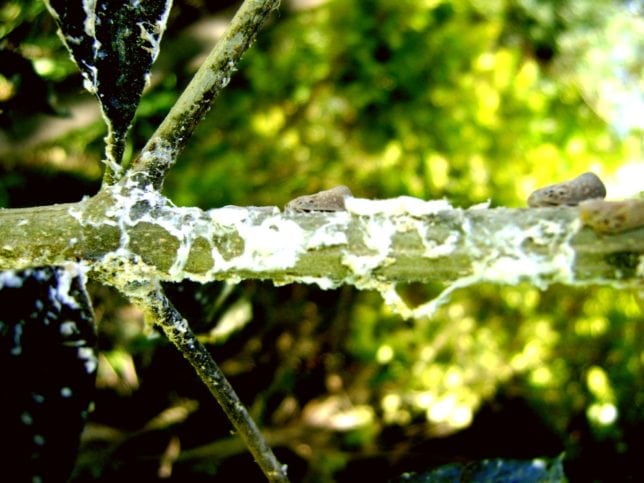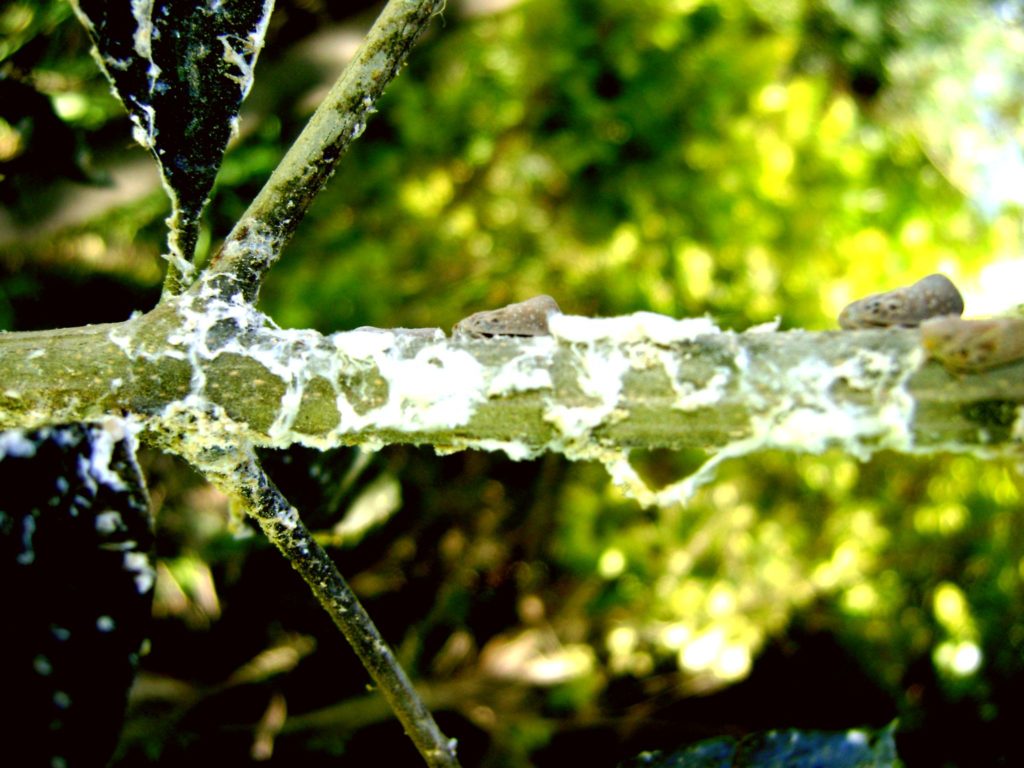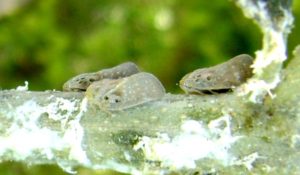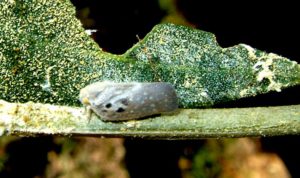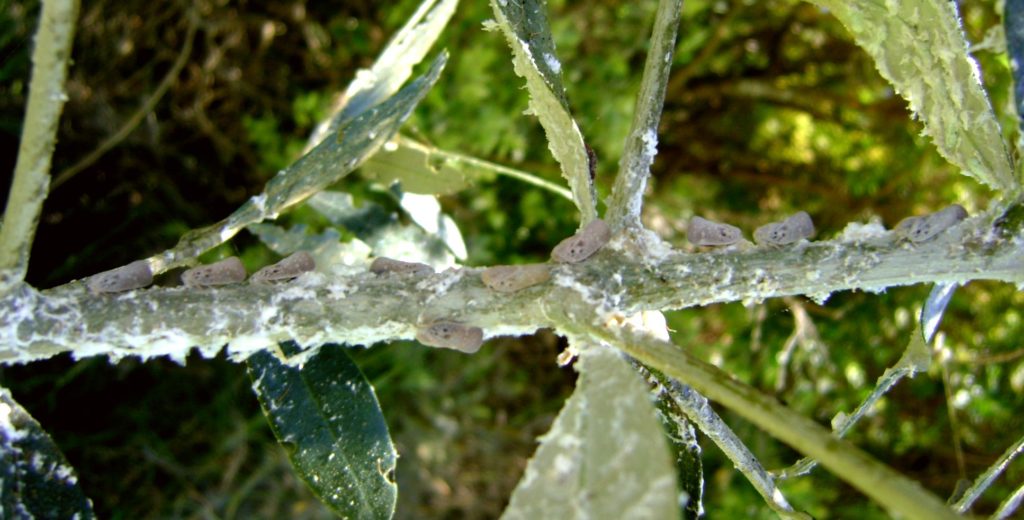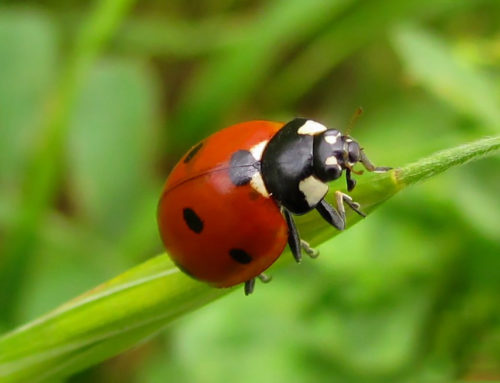Metcalfa pruinosa – A citrus flatid planthopper
Whitish waxy twigs and leaves? Lots of small gray insects jumping around as you approach your garden? Most probably you are dealing with Metcalfa pruinosa – a citrus flatid planthopper.
For a decade almost, you can find Metcalfa pruinosa in gardens all summer long. Sunbathing, hoping and feeding on the grapevine, tomato, cucumber, fig, flowers, willow, raspberry. Even mint and nettle. You name it – citrus planthopper’s got it!
Metcalfa pruinosa is European now
This (in my opinion) cute looking hoping insect became European resident not so long ago. Massive presence has been detected in Italy, then in Dalmatia, a part of Croatia, more than a decade ago. Finally, Metcalfa pruinosa was spotted in Serbia and entire Pannonian plain for the last couple of years.
As the name says, it began it’s Mediterranian-South-Central-Eastern European journey primarily on citrus hosts, olives, grapevines, and afterward on almost any possible plant you can imagine.
Looks and Biology
Basically, this Flatidae family insect is gray-purple covered with waxy whitish excretion, with dark and white dots on wings and large yellow eyes. It is about 6 mm long, from above it resembles a triangle, but it has a trapezoidal body form. Fortunately, it has only one generation per year, but last two nymph stages along with adults are active quite long. Hence, you will get the impression that it is present entire summer. As a sun-loving species, it will be massively present during hot, dry seasons, jumping all over your garden when disturbed. Along with fall and winter approaching, female will lay overwintering eggs in hidden places like buds and cracks in the host plant bark, and it will hatch next spring.
Sucking sap, Metcalfa pruinosa will cause both direct and indirect damage
Potential plant virus vector
Twigs, leaves, branches will be covered in white waxy and sticky excretion, especially top, young (softer) green parts. Due to reduced photosynthetic surface, the plant could die back. But the bigger problem can be secondary appearing fungal diseases, caused by honeydew these planthoppers produce. Also, if you have vineyards, you should consider population control measures, since it could be a plant virus vector like many sap-sucking insects are.
Citrus flatid planthopper is polyphagous in its true sense, so it really is not picky when it comes to host species. It will damage not only ornamental plants but fruits, vegetables, field crops, and weeds.
I will notice it’s vast spreading in city parks, nearby groves and forest edges. Urban greenery won’t remain immune to it (and it is oh-so-hard to control it then). Maple tree and blackthorn will probably be it’s favorite.
Control your flatid planthopper
Control measures can be chemical, usually with pyrethroids, but some wasps can act as a biological mean as well. Still, being an allochthonous species, invasive in Europe and Asia, it remains to be seen whether some brave predators will show up and save the day.
So, if you have a nursery, vineyard, or any plantation of a kind – as a prevention pay attention to symptoms (even if you are just a buyer of a plant material). This highly mobile flatid is spread by roads, railway, and other trade routes. In my town first cases of Metcalfa pruinosa were (oh, so by the book!) recorded in gardens near the railway. Rest of it is a history…

